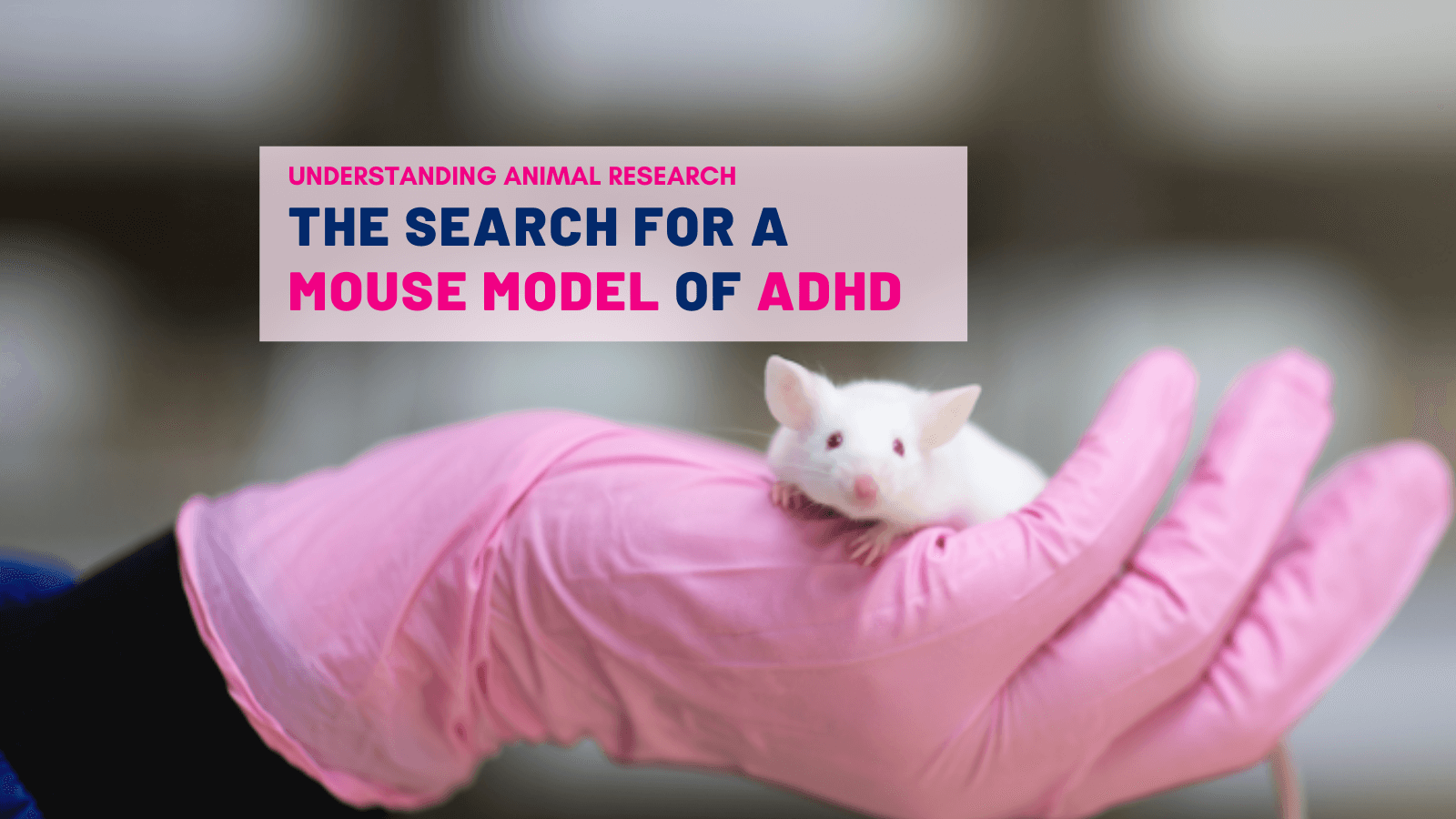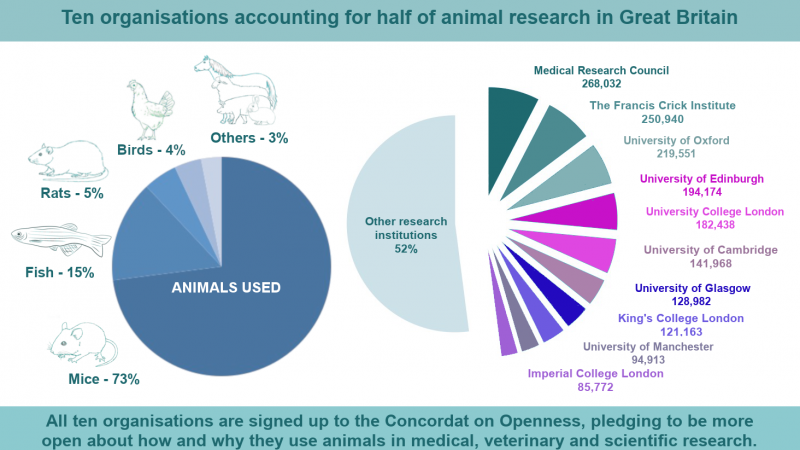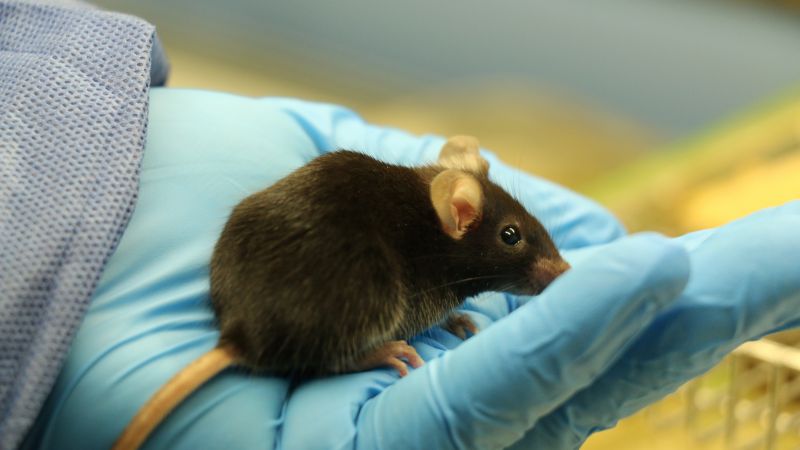
Finding models for psychiatric and developmental disorders isn’t an easy feat. Inherently human in nature,these illnesses are collections of different symptoms and signs that come and go and change with age, the environment, and other unknown factors.
Modelling an inherently human psychiatric condition in animals
The challenge is well illustrated by research of attention-deficit hyperactivity disorder(ADHD). ADHD is comparatively straightforward in that here are only three diagnostic criteria: inattention (attention deficit), impulsivity and hyperactivity – all of which can be evaluated in humans and other animals. Yet, scientists are struggling to translate the features of ADHD to animal models.
“ Even diagnosing ADHD in rats and mice is amazingly difficult. You can produce evidence, but it can be difficult to be convincing. There are different types of impulsivity. There are different types of inattention. Even with something as straightforward as ADHD, it's a very tough assignment to convince the scientific community, let alone everybody else, that the model is a pretty good model of the disorder,” explains Prof Stanford.
Finding a hyperactive mouse
Prof Stanford was working on the role of noradrenaline in the therapeutic actions of anti-depressant drugs and also how the effects of amphetamine and other psychostimulants in the brain affect mood behaviour, when she came across a hyperactive mouse.
A colony of mice arrived from Cambridge, lacking the gene for a receptor known as the neurokin-1 (NK1) receptor. NK1 receptor. The mice were supposed to behave like normal mice that have been treated with an anti depressant. Instead, her group discovered that this was not the case, but they were hyperactive.
Because of Prof Stanford’s background knowledge and interest in amphetamines, she decided to give them the drug to see whether or not their hyperactivity would increase. Instead of making the mice run around more, amphetamine had the oposite effect: basically, the mice curled up in a corner of their cage and chilled out.
She comments: “Amphetamine doesn't normally do that. By chance, I knew that amphetamines are used to treat ADHD. It has a calming effect in those patients. So we looked at the effect of methylphenidate, the active compound in Ritalin, which is another psychostimulant used to treat ADHD. And it has exaclty the same effect.”
It turned out that these mice were a much better fit to model ADHD than antidepression.
Clare persuaded a colleague of hers, who was a pioneer in the genetics of psychiatry, to see if there were mutations for the equivalent receptor in a cohort of ADHD patients. He had already found that a mutation in this receptor was strongly associated with alcoholism and ADHD adults have a huge risk of alcohol abuse. Around 40% becomes addicted to alcohol. Low and behold, he found strong evidence for an association with a marker for a mutation in the same gene in ADHD patients.
“I think that's the first time, certainly one of the first times, that a discovery in mouse genetics actually predicted a finding in human beings,” explains Clare.
The importance of an ADHD mouse model
However, ADHD patients aren't just hyperactive, they're also impulsive and inattentive. The rest of Clare’s work focussed on testing the validity of this NK1- knockout mouse as a model for ADHD.
“They turned out to be inattentive and hyperactive and impulsive and so excellent - although not perfect - models for ADHD.”
Studies of these mutant mice could help reduce the burden of ADHD on affected people and the society as a whole. The research is already pointing to novel drug targets, which could help the many ADHD patients who are resistant, or become tolerant to, current treatments. About 20% patients with ADHD do not respond to existing treatments but this mouse model could help find solutions for them and their families.
Last edited: 10 January 2023 12:55



